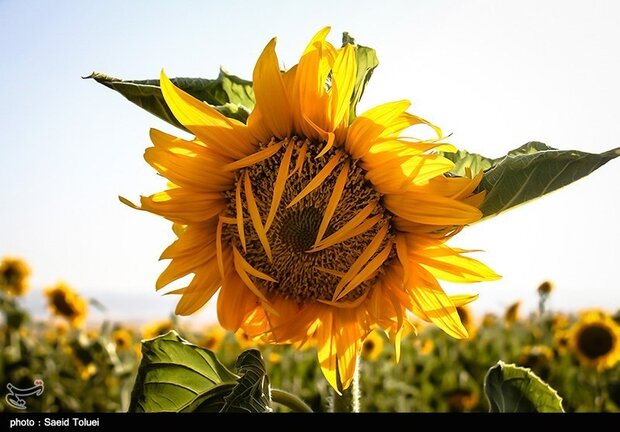TEHRAN - Visiting Khoy in northwest Iran means experiencing a pleasant crossroads of nature and culture.
Situated near the ancient Silk Road in West Azarbaijan province, Khoy was enormously fortified in different eras of its history, most recently by a decree of Qajar rulers in the 18th and 19th centuries.
Here is what to expect when visiting or tracing the history of the ancient town.
It may not be on every traveler’s radar, but it is a natural fit for eco-tourists as it offers loads of scenic hikes and panoramic views besides colorful geological features. Therapeutic warm-water spas, salt mines, and Christian centers are among its other charms.

The town is surrounded by huge sunflower farms and snowcapped towering mountains. Moreover, it has long been a destination for those who are interested in its virgin nature, genuine culture, and architecture.
Moreover, it is home to many centuries-old mosques, churches, caravanserais, bathhouses, fortresses, and ramparts, each telling their own tales.
Khoy is also a destination for lovers of Persian literature, who come to visit the mausoleum of Shams Tabrizi, a renowned Iranian poet, and mystic who lived between 1185 and 1248.
During bitter times of its history, Khoy was occupied by foreign military forces; for instance in 1911 when the county was at odds with the then Ottoman Empire, and at some points during World War I and II by Russians.
The economy of its surrounding regions is highly dependent on agriculture; various fruits, grains, timber productions, and sunflowers. The latter is what Khoy is nicknamed for.


No comments:
Post a Comment